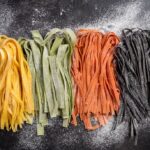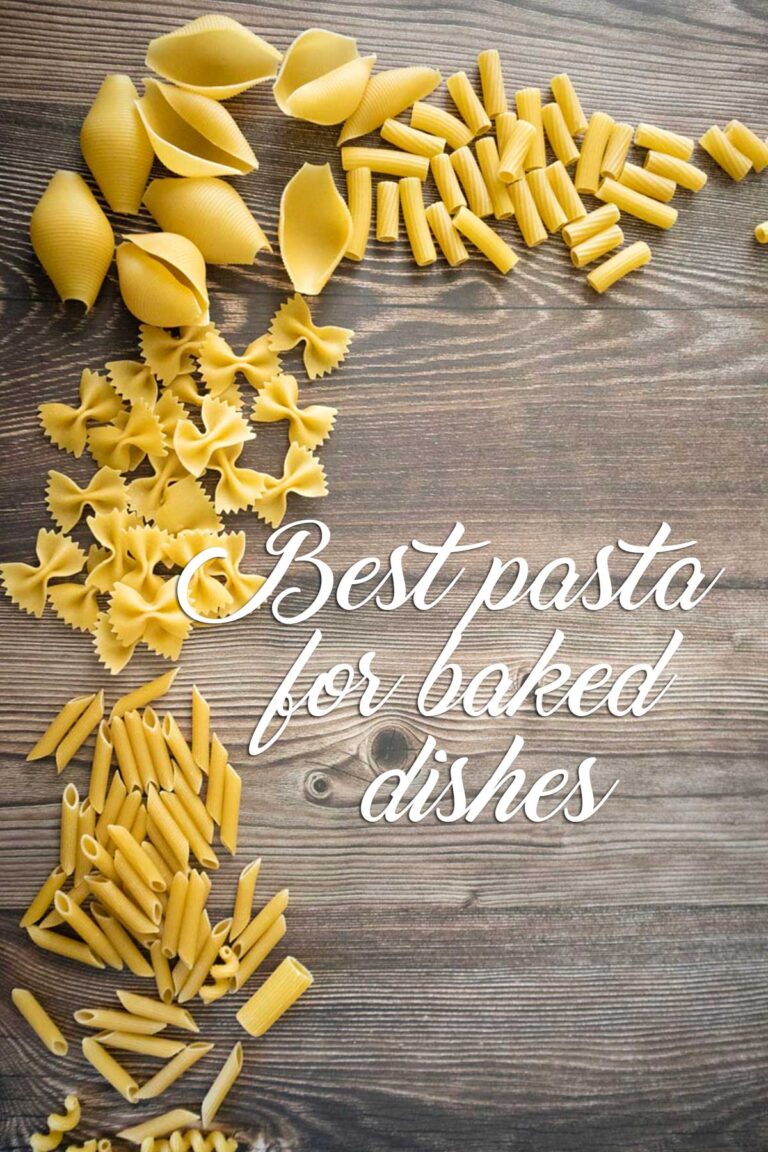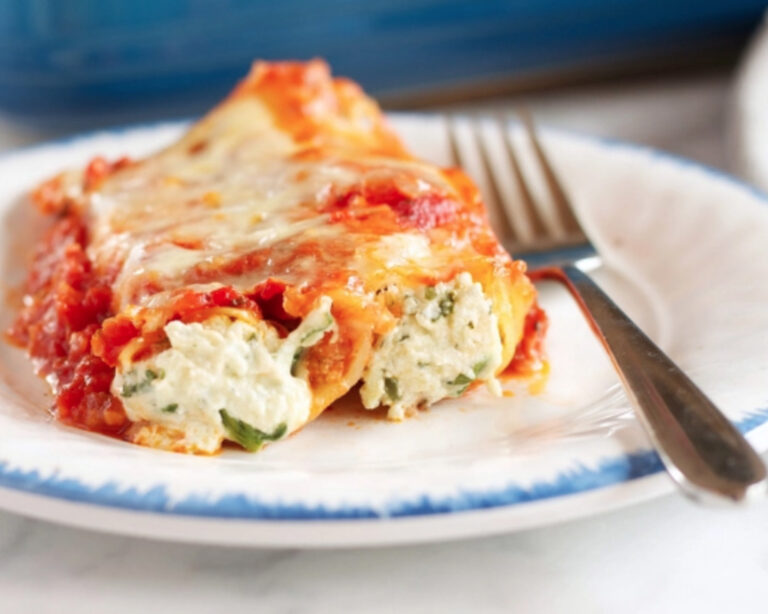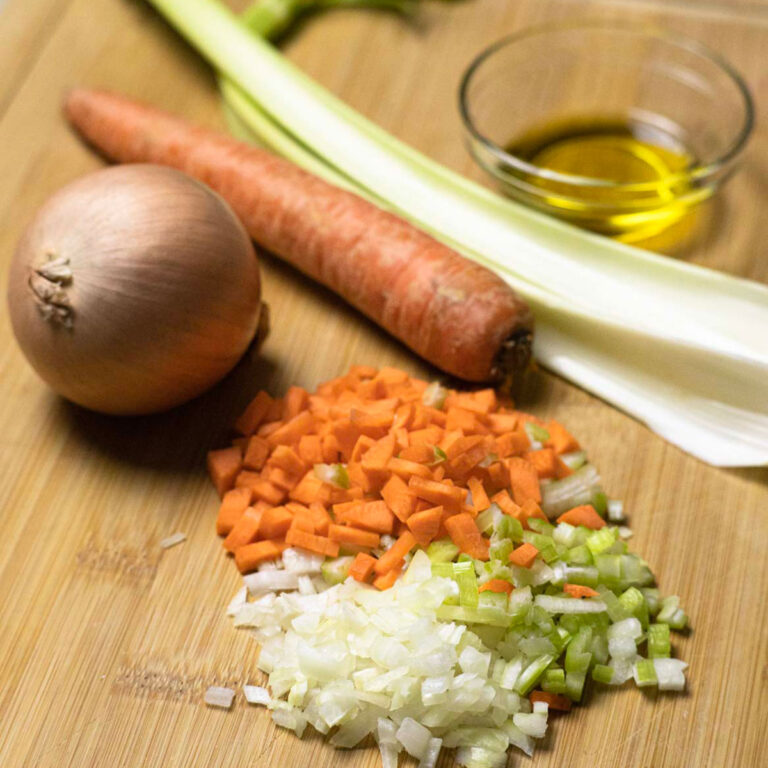How to make naturally colored fresh pasta at home
If you sometimes wonder how to make naturally colored fresh pasta at home, let me tell you, it’s a great way to make your pasta a little more fun and add some delightful flavors to your dishes. Colored pasta can also be a fun activity to do with your kids or a fantastic way to change up the presentation of your meals. Let me show you how it’s done!
In Italy, we have mastered the art of pasta for centuries, and colored pasta is part of our tradition. Even though we have the magic of food dye these days, my favorite way to color food is to avoid artificial dyes altogether and use only natural ingredients. Bear with me, and let’s try this new chapter of my pasta saga. You’re going to love it!
Naturally colored fresh pasta gives your dishes a unique look and presentation. Vegetables are the best way to achieve vibrant colors while keeping everything natural. Pasta made with these natural dyes pairs beautifully with different sauces and ingredients, taking your pasta experience to another level.
Spinach gives pasta a bright green color, cooked pumpkin creates a lovely orange hue, and wait until you try roasted bell peppers or tomato paste!
Spices are also great for coloring pasta—saffron (zafferano) gives a gorgeous golden color, coffee and cinnamon add a warm brown tone, and turmeric makes pasta bright and bold.
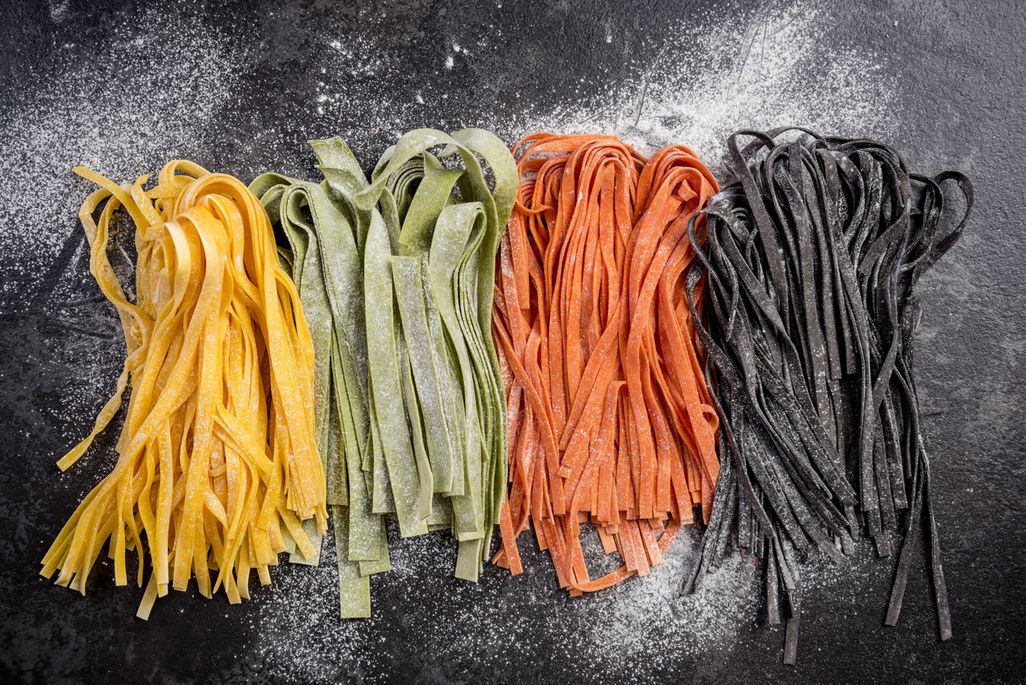
An Italian tradition
Colored pasta is part of Italian tradition. Italians have been coloring their fresh pasta for decades. Why? To add a unique twist to the flavor, to create new and exciting pasta recipes, and to pair sauces and ingredients in striking ways. Vibrant colors on your plate don’t just enhance the visual appeal; they create a full sensory experience, making every bite more enjoyable.
Pasta shapes like fettuccine, spaghetti, tagliatelle, tortellini, and stuffed pasta have all been experimented with in different colors. They can be paired with contrasting ingredients, making your dish not only more professional-looking but also a playful experience for your taste buds.

Tips for dyeing pasta quick and easy. (How to adapt fresh pasta dough)
If we want to make naturally colored fresh pasta at home, we need to take a few important steps to adapt our pasta recipe to natural dyes.
Making colored pasta isn’t just about adding ingredients. It’s about maintaining the right dough consistency to prevent it from crumbling or becoming too soft and difficult to work with. Here are some basic rules to follow:
-
The added coloring ingredient should not exceed 1/5 of the flour weight. For example, if you’re using 500 grams (1 pound) of flour, you should add no more than 100 grams (1/5 pound) of vegetables or spices. Adding too much can alter the pasta’s flavor and make the dough difficult to handle.
-
If you’re using vegetables, it’s best to boil them first. After boiling, strain out any excess liquid, then blend them into a smooth purée before incorporating them into the dough.
-
For a brighter color, you can use concentrated ingredients like tomato paste, pumpkin juice, or beet extract. However, when using liquid-based colorants, you’ll need to reduce the number of eggs in your recipe to maintain the right consistency.
-
Always let the dough rest after kneading. This allows the gluten to relax, making the dough easier to work with.
-
When using liquid natural dyes, reducing the egg quantity is usually necessary. Too much liquid can weaken the gluten structure, resulting in a sticky, difficult dough.
- Adjust the flour if needed – Some ingredients, like blended vegetables or juices, add extra moisture. If your dough feels too wet, gradually add more flour until it reaches the right consistency.
- Knead well for an even color – To distribute the color evenly, knead the dough thoroughly until the pigment is fully blended.
This is why I always recommend letting the dough rest for at least 30 minutes—it makes a huge difference in workability and texture.
How to Color Fresh Pasta
Green pasta dough
For a vibrant green pasta, you can use fresh spinach, beets, nettle (2 tsp per 1/5 lb), mint, basil, or parsley.
-
Boil the vegetables, then strain them thoroughly to remove excess water.
-
Blend them into a smooth purée and incorporate them into your pasta dough.

Yellow pasta dough
To achieve a bright yellow pasta, you have a few natural options:
-
Saffron (zafferano): Use half a pouch for a delicate golden color on one pound of flour.
-
Turmeric (curcuma): Add 1 tsp per 100 grams (1/5 pound) of flour for a rich, warm yellow.
-
Yellow bell peppers: Roast or cook them, then peel and blend. Add one teaspoon at a time to the dough until you reach your desired shade.
Tip: Drain the cooked peppers before blending to avoid excess moisture in the dough.
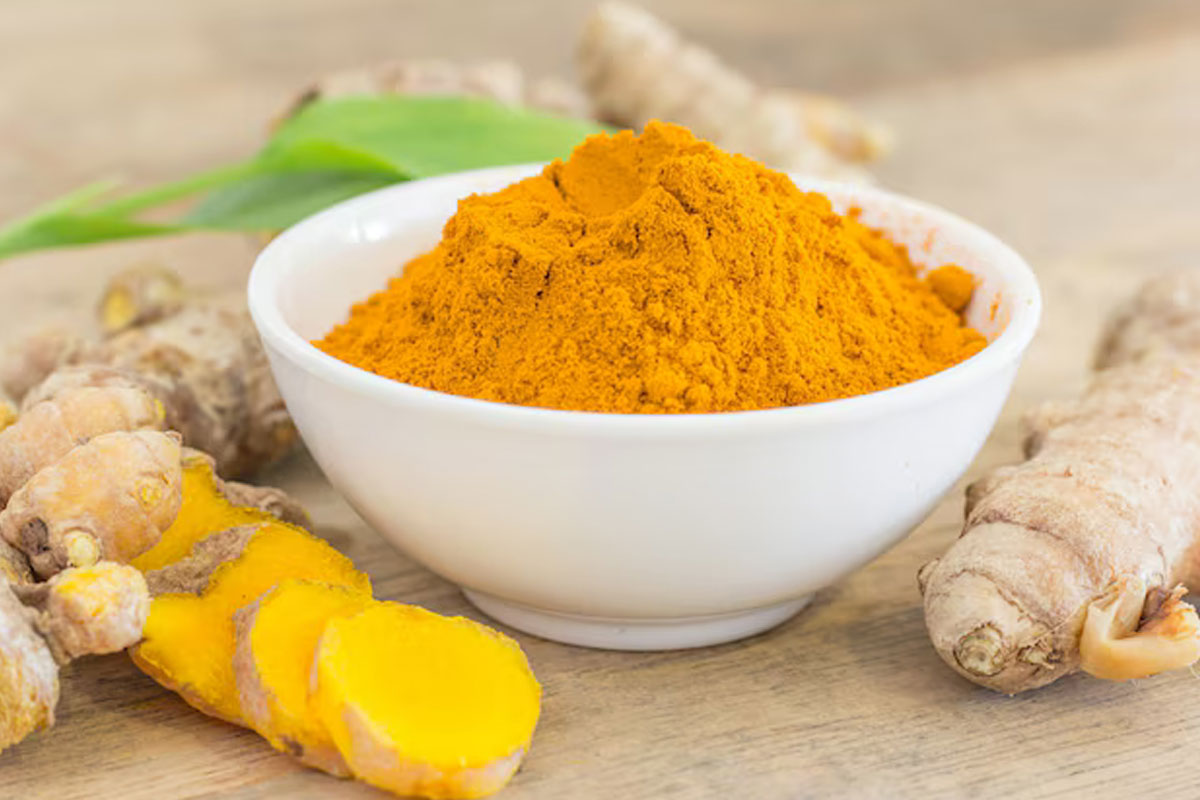
Orange pasta dough
For a vibrant orange pasta, curry or Curcuma (turmeric) are excellent choices. Use slightly more than what you’d use for yellow pasta to get that bright, bold color.
You can also opt for vegetables like carrots and pumpkin. Keep in mind that these ingredients will impart a natural sweetness to the dough, so balance them accordingly. Cook the veggies first, remove any excess water, and blend them into a smooth purée. Then, mix this into your pasta dough, but remember to reduce the egg quantity a bit to compensate for the moisture.
Carrot tip: for a bright orange, use 50 grams (about 1.75 oz) of carrot per 100 grams (about 3.5 oz) of flour.
Red pasta dough
When it comes to red pasta, tomato paste is your best friend. Simply add two teaspoons of tomato paste for every 300 grams of flour, and you’ll achieve a lovely red color.
If you prefer to use passata (strained tomato sauce), three teaspoons should be sufficient. If you want a deeper, richer red, feel free to add paprika, red pepper flakes, or even red beets (about 30 grams (about 1 oz) for every 100 grams (about 3.5 oz) of flour).
Another wonderful natural option is red cabbage. This gives a beautiful, rich red color. The method is the same: boil, drain the excess water, blend, and add to the dough until you reach your desired color.
These tips will help you experiment with different colors and add some unique flair to your pasta dishes!
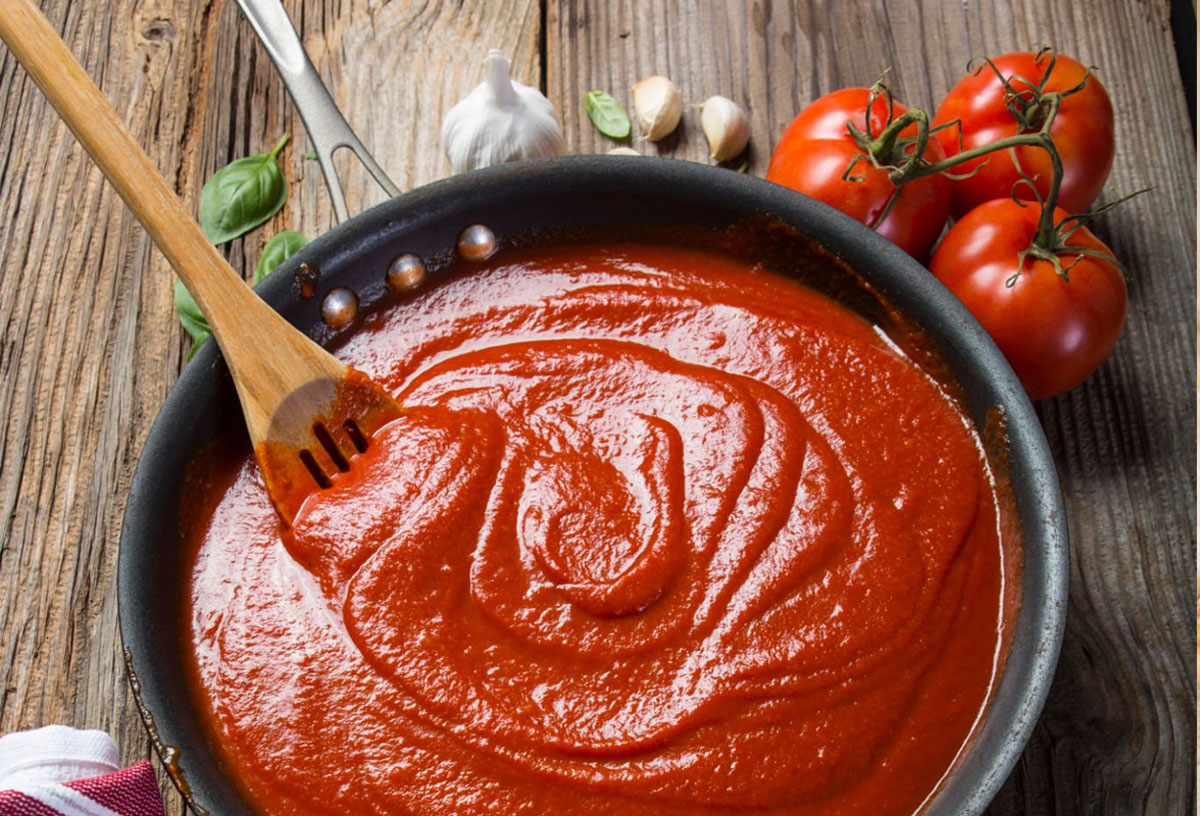
Black pasta dough
For a classic black pasta, black squid ink is your go-to ingredient. Available in both liquid and powder form, it’s a staple in Italian cuisine. You can easily find it online, either as a powder or in the traditional “nero di seppia” sauce version. Black squid ink pairs perfectly with seafood sauces, adding a rich, deep flavor and a dramatic, eye-catching look to your pasta.
Brown pasta dough
To achieve a beautiful brown-colored dough, you can turn to natural ingredients like coffee, cocoa powder, or orzo. These ingredients will give your pasta a rich, earthy tone. For an even more unique twist, you can experiment with cinnamon or liquid chocolate. These options not only provide a distinct color but also infuse the pasta with delicious flavors that work wonderfully in both sweet and savory dishes.
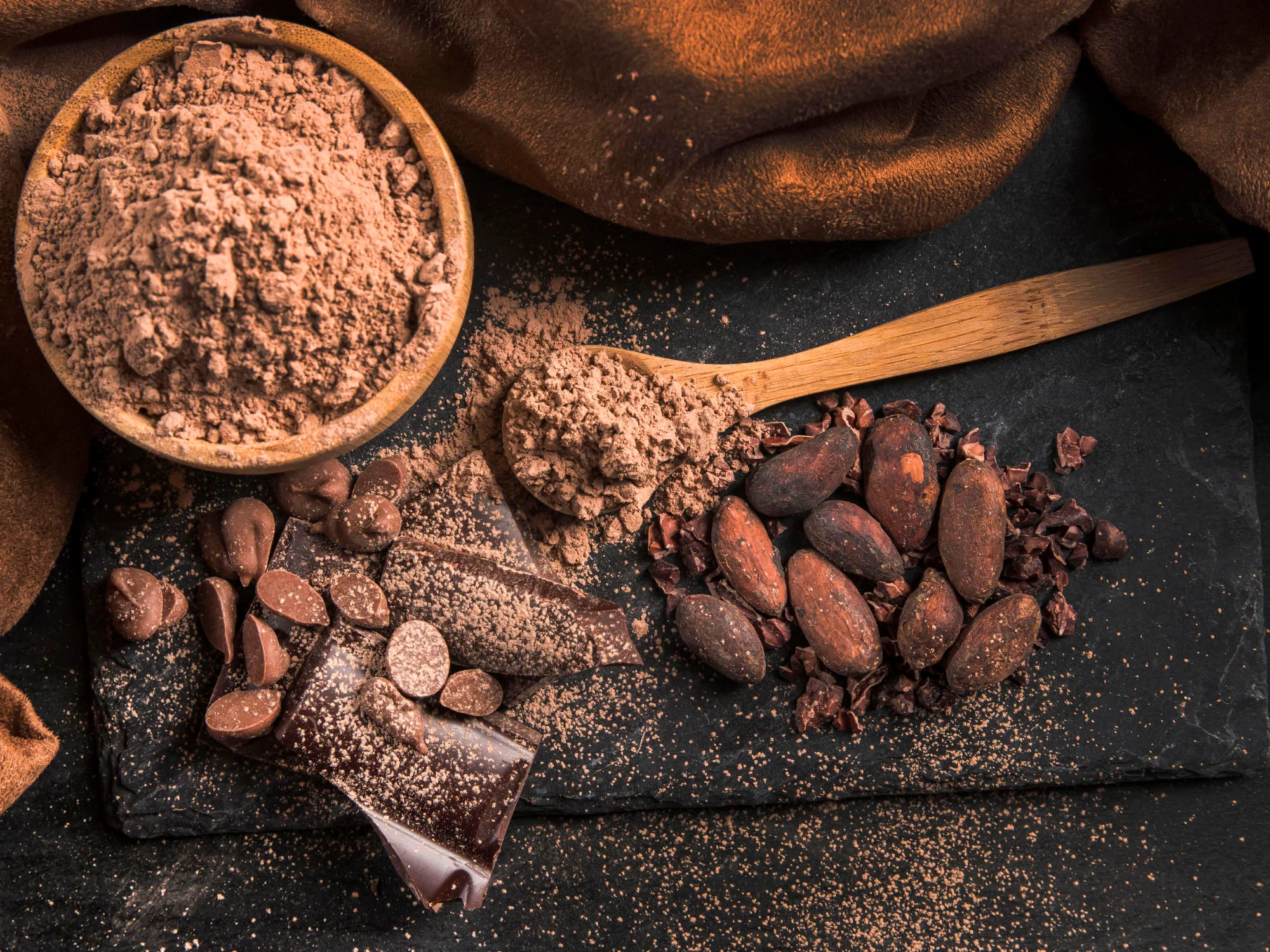
Purple fresh pasta or pink fresh pasta dough
Beets are the best way to get a beautiful range of colors from pink to deep purple for your fresh pasta. You can also get a vibrant magenta by using purple cabbage (cooked with a few drops of lemon juice to keep the color bright) or even purple potatoes.
For a lovely pink color, just use a smaller amount of cooked beets. This will give you a pale pink or a more intense vibrant tint—perfect for creating fun dishes like heart-shaped ravioli or fettuccine, especially for a special occasion like St. Valentine’s Day!
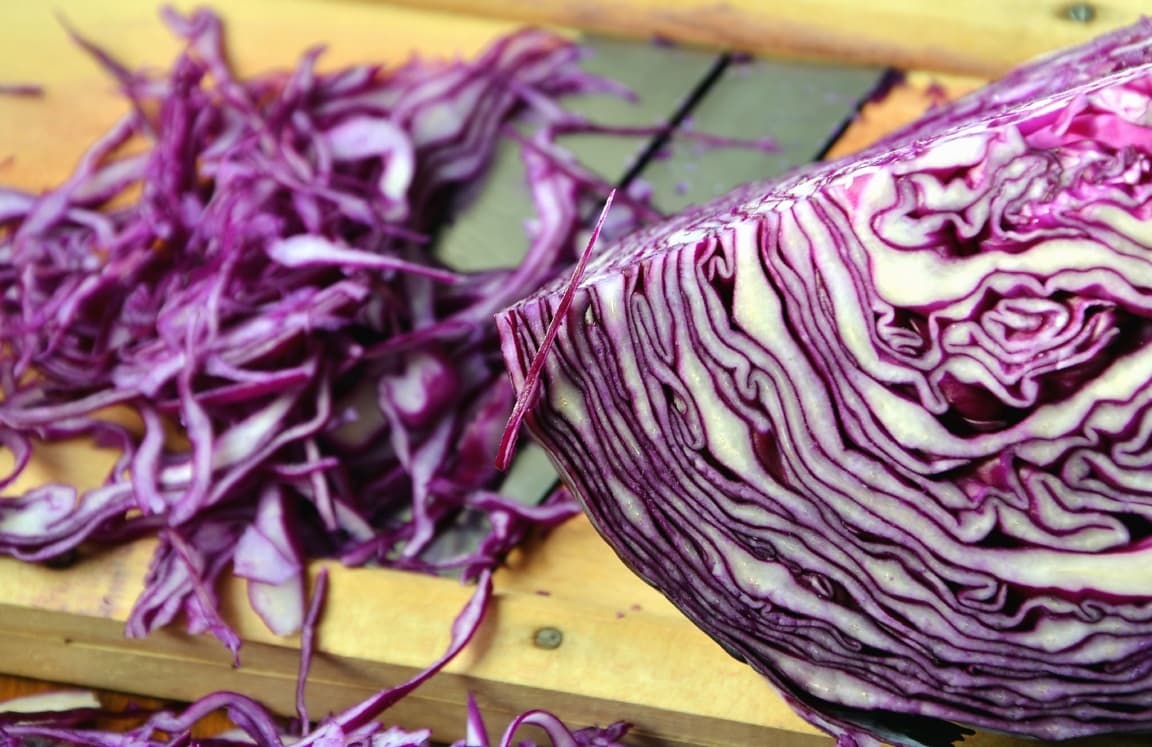
How to store your coloured pasta
Refrigerate: Store in an airtight container or wrap in plastic wrap. Use within 2-3 days.
Freeze: Arrange pasta on a baking sheet, freeze until firm, then transfer to a freezer bag or container. Use within 2 months.
Pair colors with complementary sauces
Bright pasta deserves the right sauce! Play around with different combinations of colored noodles and discover your favorite pairings! Let your creativity run wild! There’s no wrong way to enjoy your beautiful, homemade pasta!
-
Green pasta pairs beautifully with creamy sauces, pesto, or béchamel.
-
Yellow pasta shines with seafood sauces or light tomato-based sauces.
-
Red pasta (beet or tomato-based) looks stunning with white ricotta-based sauces.
How to color pasta naturally
Equipment
- 1 pot
Materials
Instructions
How to make coloured pasta – Basic rules to follow
- The added coloring ingredient should not exceed 1/5 of the flour weight.
- Adjust the flour if needed. Some ingredients, like blended vegetables or juices, add extra moisture.
- Knead well for an even color – To distribute the color evenly, knead the dough by hand until the pigment is fully blended.
- Always let the dough rest after kneading. This allows the gluten to relax, making the dough easier to work and helps consistency.
Green Pasta dough
- Use fresh spinach, beets, nettle, mint, basil, or parsley.
- Boil the vegetables, then strain them thoroughly to remove excess water.
- Blend them into a smooth purée and incorporate them into your pasta dough
- Quantity: 2 tsp (6 g approximately) per 1/5 lb of flour (100 g).
Yellow pasta dough
- Saffron (zafferano): half a packet for a delicate golden color on one pound of flour. A single saffron packet (bustina) typically contains 0.15 grams of saffron.
- Turmeric (curcuma): Add 1 tsp per 100 grams (1/5 pound) of flour for a rich, warm yellow.
- Yellow bell peppers: Roast or cook them, then peel and blend. Add one teaspoon at a time to the dough until you reach your desired shade. Drain the cooked peppers before blending to avoid excess moisture.
Orange pasta dough
- Curry or Curcuma (turmeric). Starting from 2 tsp per 100 grams (1/5 pound) of flour.
- Carrots and pumpkin. 50 grams (about 1.75 oz) of carrot per 100 grams (about 3.5 oz) of flour.
Red pasta dough
- Tomato paste, tomato passata. 2 teaspoons of tomato paste for every 300 grams of flour (0.6 pound).
- Paprika, red pepper flakes, or red beets. 30 grams (about 1 oz) for every 100 grams (about 3.5 oz) of flour.
Black pasta dough
- Black squid ink: 2.5 g of squid ink on two pounds of flour.
Brown pasta dough
- Coffee, cocoa powder, or orzo. These ingredients will give your pasta a rich, earthy tone. Start with 1 tsp over one pound of flour and add as you go, working your dough to uniform the color.
Purple fresh pasta
- Cooked beets or purple cabbage. Cook the cabbage with a few drops of lemon juice to keep the color bright. Drain excess liquids and blend. Add one tsp at a time until you get to the desired color tone.
Notes
- If you’re using vegetables, it’s best to boil them first.
- ALWAYS drain the cooked vegetables and strain out any excess liquid, then blend them into a smooth purée before incorporating them into the dough.
- When using liquid natural dyes, reducing the egg quantity is usually necessary.

